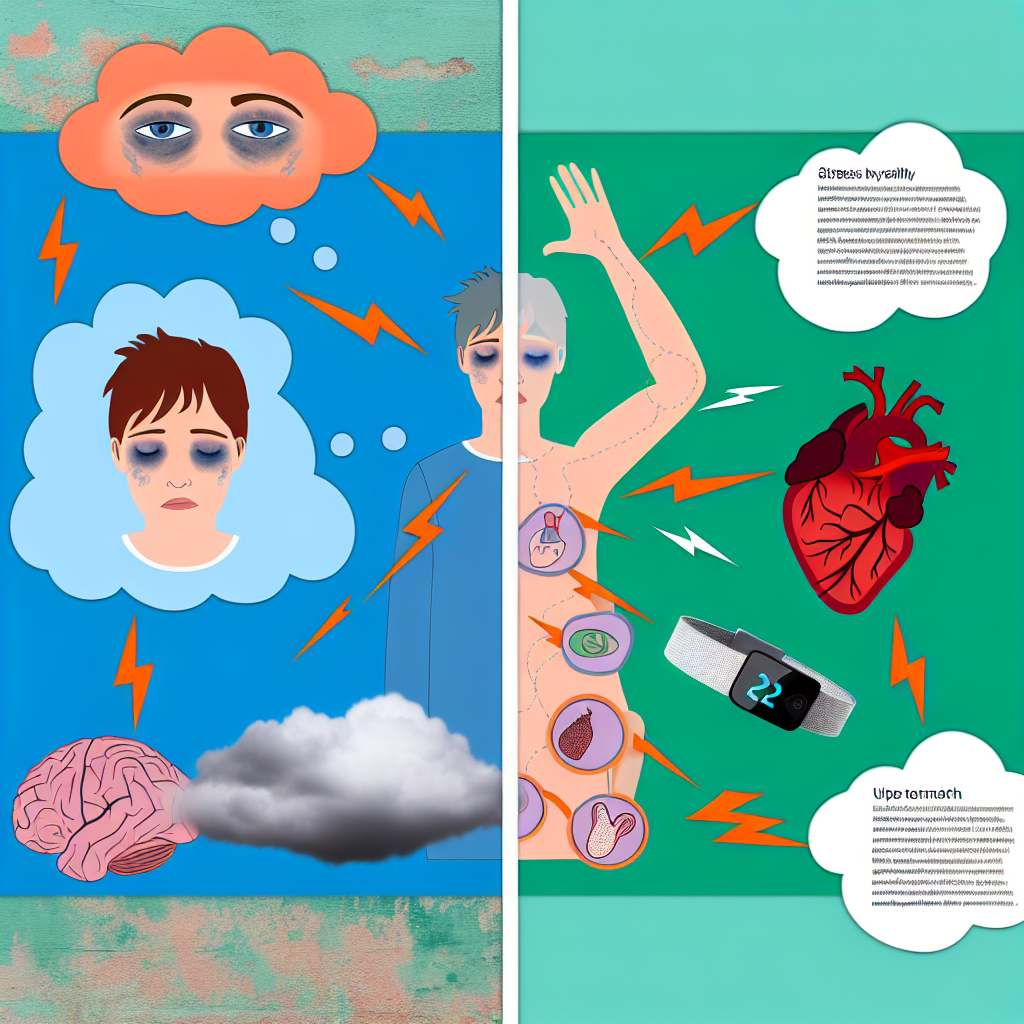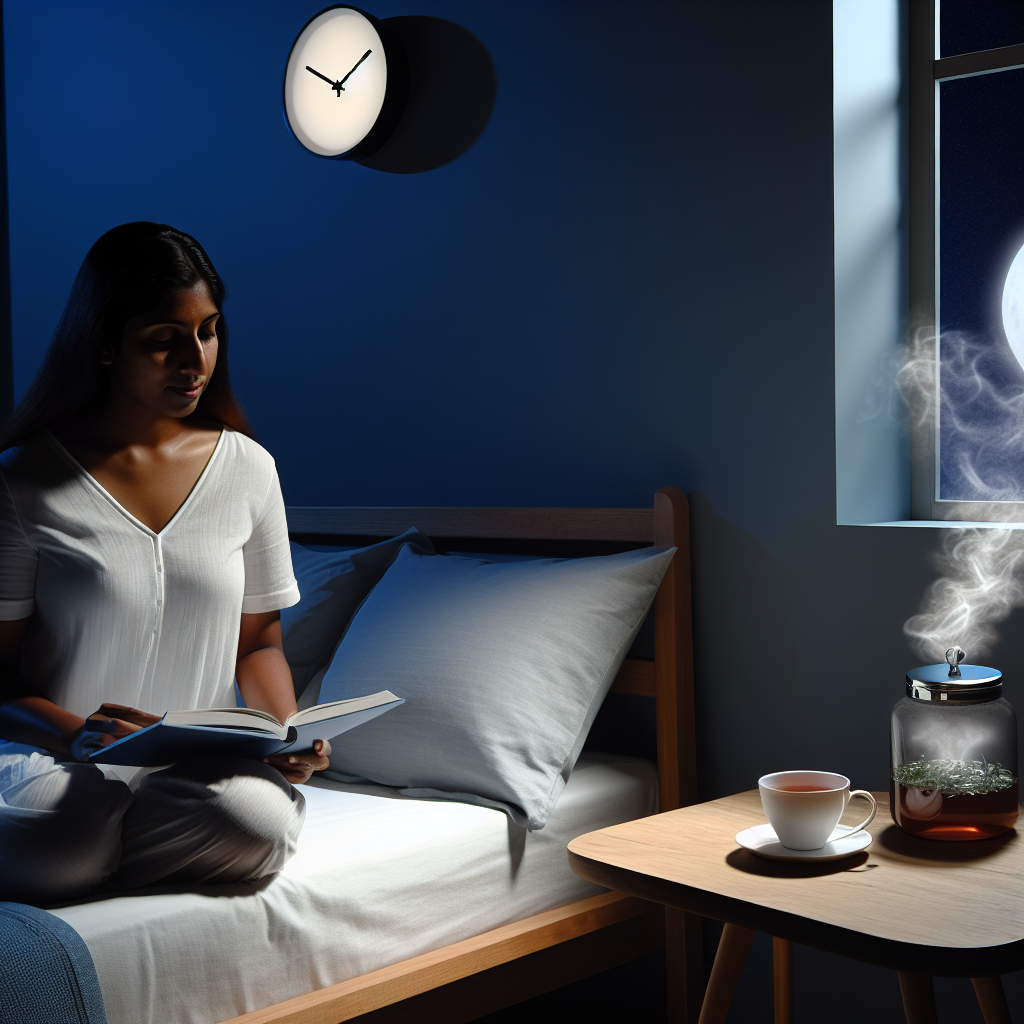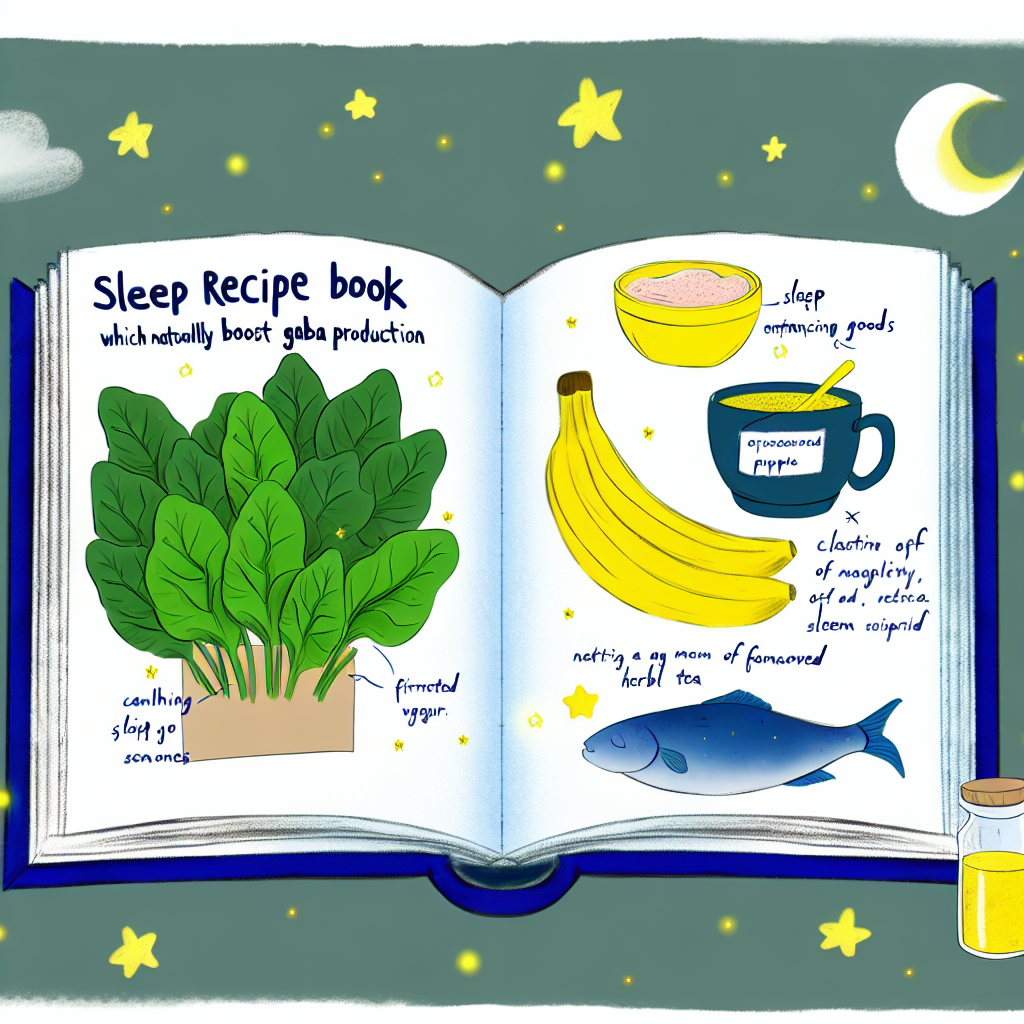Break the Sleep-Stress Cycle: HRV Tracking Intervention
Introduction
Poor sleep and high stress often form a self-reinforcing loop that deteriorates both mental and physical health. Lack of quality sleep increases the body’s stress response, and ongoing stress interferes with our ability to fall and stay asleep. Over time, this interaction can lead to serious conditions such as anxiety, depression, **obesity**, **hypertension**, **cardiovascular disease**, and **impaired cognitive performance**.
One promising development tackling this issue is **Heart Rate Variability (HRV) tracking**. **HRV** measures the variation in time intervals between heartbeats, serving as a non-invasive biomarker that reflects the activity of the **autonomic nervous system**. Individuals with **high HRV** display greater adaptability and stress resilience, while **low HRV** is associated with fatigue, poor sleep, and chronic stress.
Thanks to wearable technology, individuals can now monitor their HRV in real-time, enabling them to recognize how behaviors and habits directly impact their sleep and stress levels. Devices now offer feedback-informed strategies—like improving **sleep hygiene**, practicing **breathing exercises**, or incorporating **mindfulness and meditation**—based on this data.
The key connection between HRV and stress lies in the interaction between the sympathetic (“fight or flight”) and parasympathetic (“rest and digest”) nervous systems. When under prolonged stress, sympathetic activity predominates, leading to reduced HRV and significant sleep disruption over time.
By using **HRV tracking** as both a diagnostic and therapeutic tool, individuals gain the ability to reverse stress-related physiological patterns, restore high-quality sleep, and improve overall well-being. As science and digital wellness tech continue to evolve, HRV is emerging as a critical intervention to break the sleep-stress cycle at its core.
Features: Medical Research and Applications of HRV for Stress and Sleep
A rapidly expanding body of scientific research supports **HRV** as a reliable biomarker to track and manage stress and sleep disorders. The **autonomic nervous system (ANS)**, which controls heart rate, breathing, digestion, and other involuntary functions, plays a vital role in regulating sleep cycles. By providing a window into the balance between the **parasympathetic** and **sympathetic** nervous activities, HRV enables the identification of stress-related disruptions in sleep.
A 2020 study in Frontiers in Psychiatry linked low HRV with chronic insomnia and persistent hyperarousal. Individuals suffering from insomnia displayed elevated sympathetic activity even at rest, preventing them from entering deep, restorative sleep stages.
Further expanding on HRV’s therapeutic potential, a landmark study from Applied Psychophysiology and Biofeedback showed that participants with chronic insomnia saw significant improvements in **sleep onset**, **duration**, and **efficiency** after HRV biofeedback training. This technique increased parasympathetic signaling, helping participants shift into relaxation mode more readily and sleep more soundly.
Similarly, a study in the Journal of Clinical Sleep Medicine observed that those who exhibited higher HRV levels in the evening reported enhanced **subjective and objective sleep quality**. These findings underscore the valuable role of **wearables** such as the Oura Ring, **Whoop Strap**, **Garmin**, and **Apple Watch** in enabling everyday people to optimize their nightly recovery through continuously monitored biometrics.
HRV-tracking apps on these devices now provide personalized suggestions including but not limited to:
– Ideal bedtime routines
– Breathing and **meditative practices** to promote recovery
– Meal timing suggestions for **circadian alignment**
– Light exposure management to regulate **melatonin production**
HRV research is also progressing into pediatric and adolescent wellness. A study cited in BMC Pediatrics correlated **academic stressors** with sleep fragmentation in adolescents. These results are paving the way for school-based biofeedback programs to teach **resilience**, **stress reduction**, and sophisticated self-care at a young age.
The cross-disciplinary fusion of **neuroscience**, **cardiology**, **sleep medicine**, and **digital health** has turned HRV into an essential wellness metric. Its integration into healthcare strategies allows individuals to monitor, interpret, and adjust their stress and sleep-related behaviors—effectively using technology for better mental, emotional, and physiological health outcomes.
Conclusion
To effectively disrupt the harmful **sleep-stress cycle**, we must address the biological underpinnings of our stress and rest systems. **Heart Rate Variability (HRV) tracking** provides a powerful, data-driven method for understanding how daily behaviors reflect on nervous system balance—and by extension, sleep quality and mental resilience.
Using HRV-informed biofeedback and wearable tech interventions, individuals gain real-time insight into their well-being and can make targeted adjustments. Whether it’s integrating mindfulness, improving pre-sleep routines, or managing work-life stress, HRV empowers personalized self-care.
This approach is especially beneficial for those experiencing pressure—students, professionals, parents, and retirees alike—by creating a feedback loop that encourages healthier habits and better coping responses to life’s ongoing demands.
Elevating HRV through intentional practices doesn’t just improve sleep—it creates a blueprint for thriving in today’s overstimulated world.
References
1. Heart Rate Variability Biofeedback in Individuals With Insomnia: A Randomized Controlled Study – Frontiers in Psychiatry
2. Heart rate variability biofeedback increases baroreflex gain and peak expiratory flow – Applied Psychophysiology and Biofeedback
3. Association of wearable-based heart rate variability with subjective sleep quality – Journal of Clinical Sleep Medicine
4. Associations between academic stress and heart rate variability in adolescents – BMC Pediatrics
5. Oura Ring and Sleep Monitoring Technology
Summary
The connection between stress and poor sleep forms a destructive cycle that impairs both health and performance. By leveraging Heart Rate Variability (HRV) tracking, individuals can assess their nervous system status and apply actionable strategies like mindfulness, sleep adjustment, and stress reduction. Backed by credible research and supported by wearables like the Oura Ring and Apple Watch, HRV serves as a personalized wellness tool. Increased HRV is a sign of resilience, better sleep, and reduced stress. This proactive, tech-driven intervention empowers people of all ages to sleep better, feel better, and live healthier lives.

Dominic E. is a passionate filmmaker navigating the exciting intersection of art and science. By day, he delves into the complexities of the human body as a full-time medical writer, meticulously translating intricate medical concepts into accessible and engaging narratives. By night, he explores the boundless realm of cinematic storytelling, crafting narratives that evoke emotion and challenge perspectives.
Film Student and Full-time Medical Writer for ContentVendor.com




